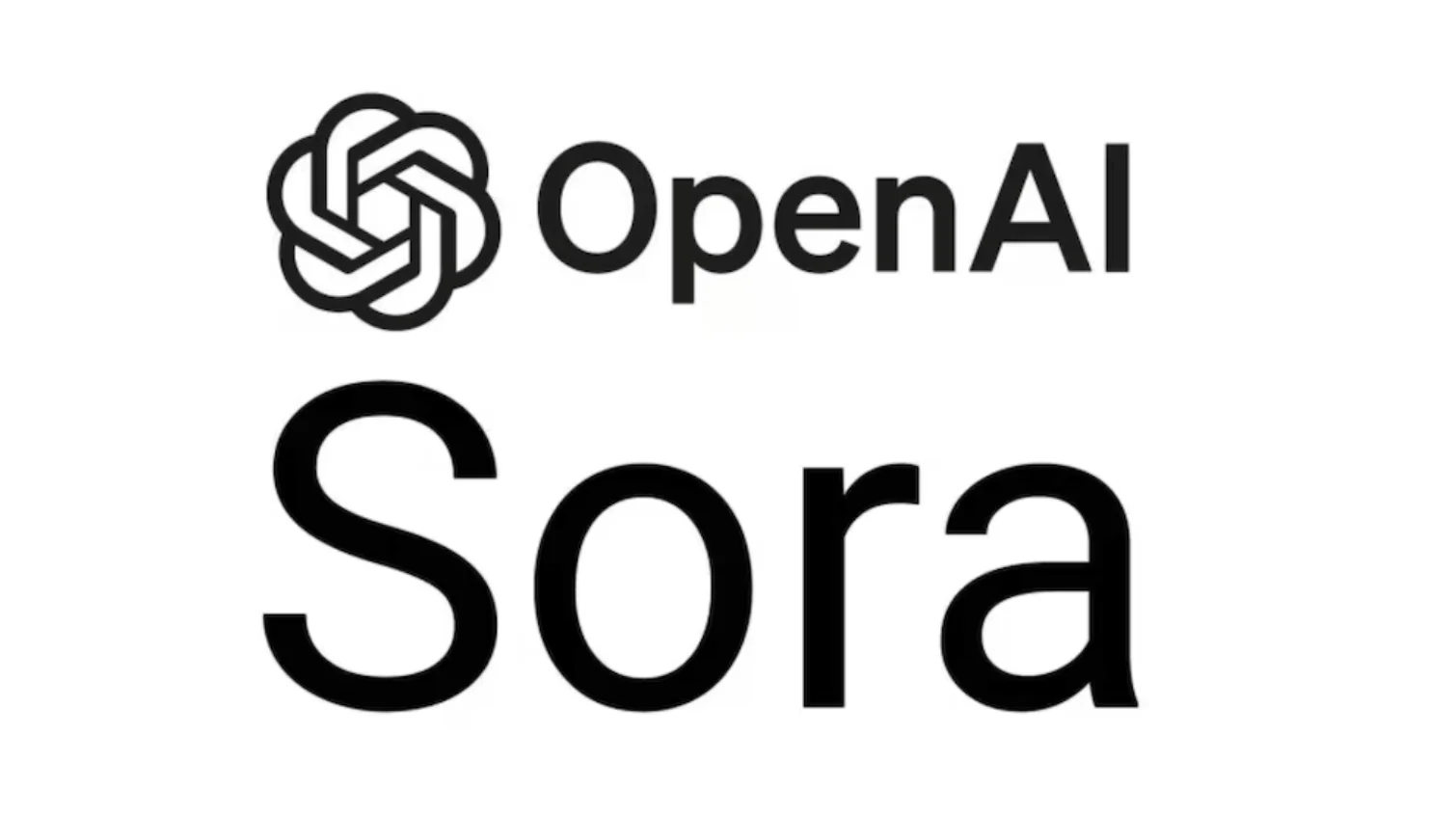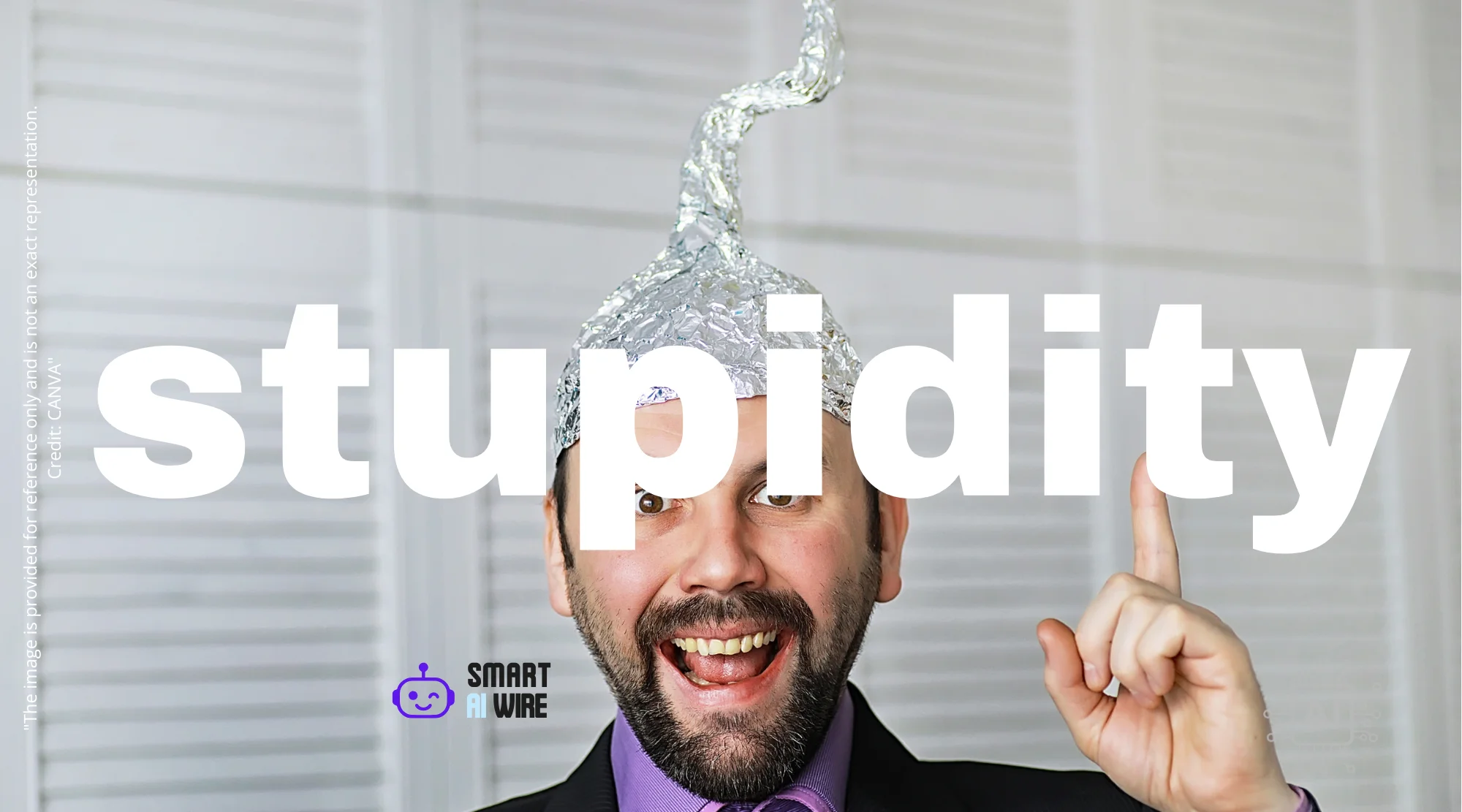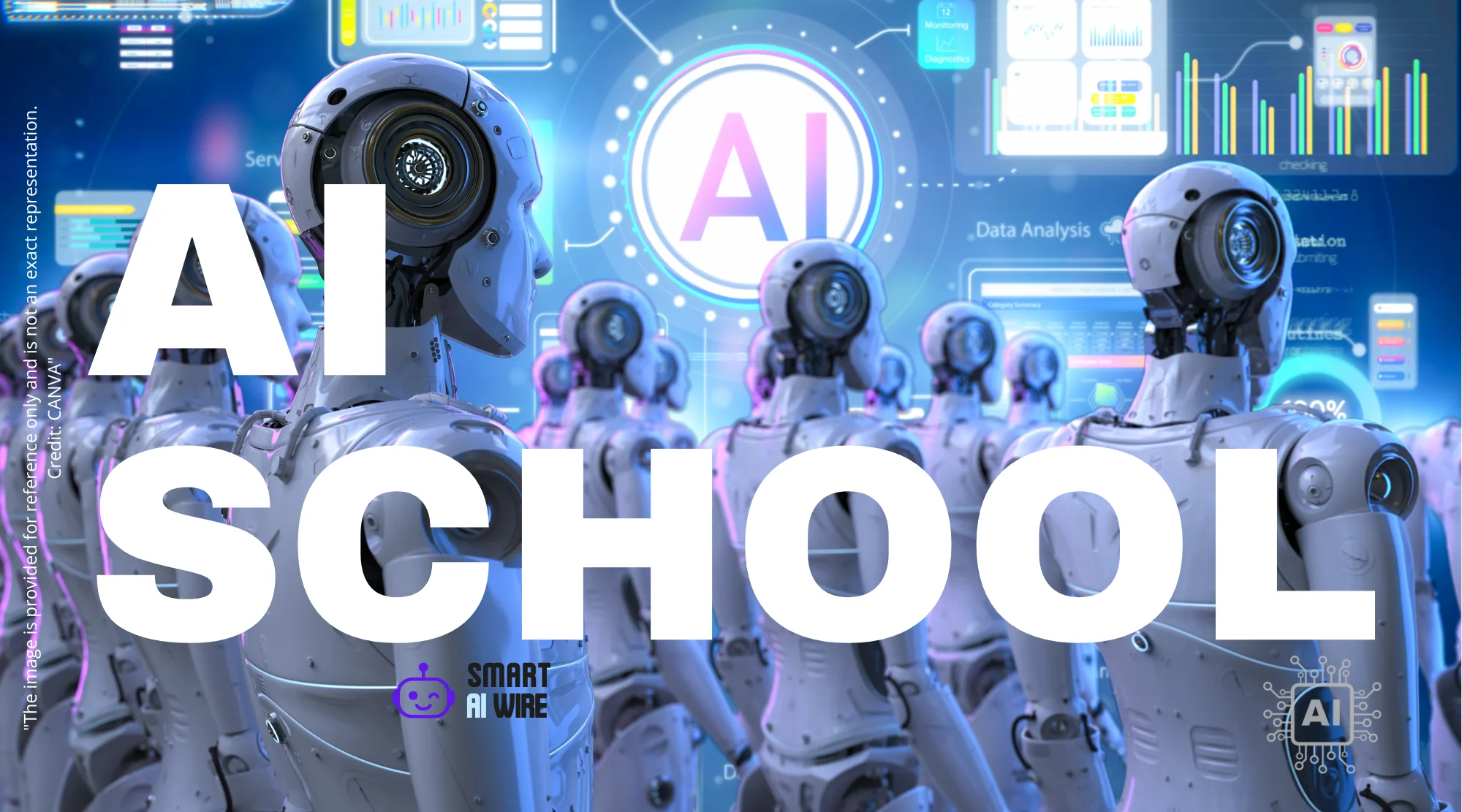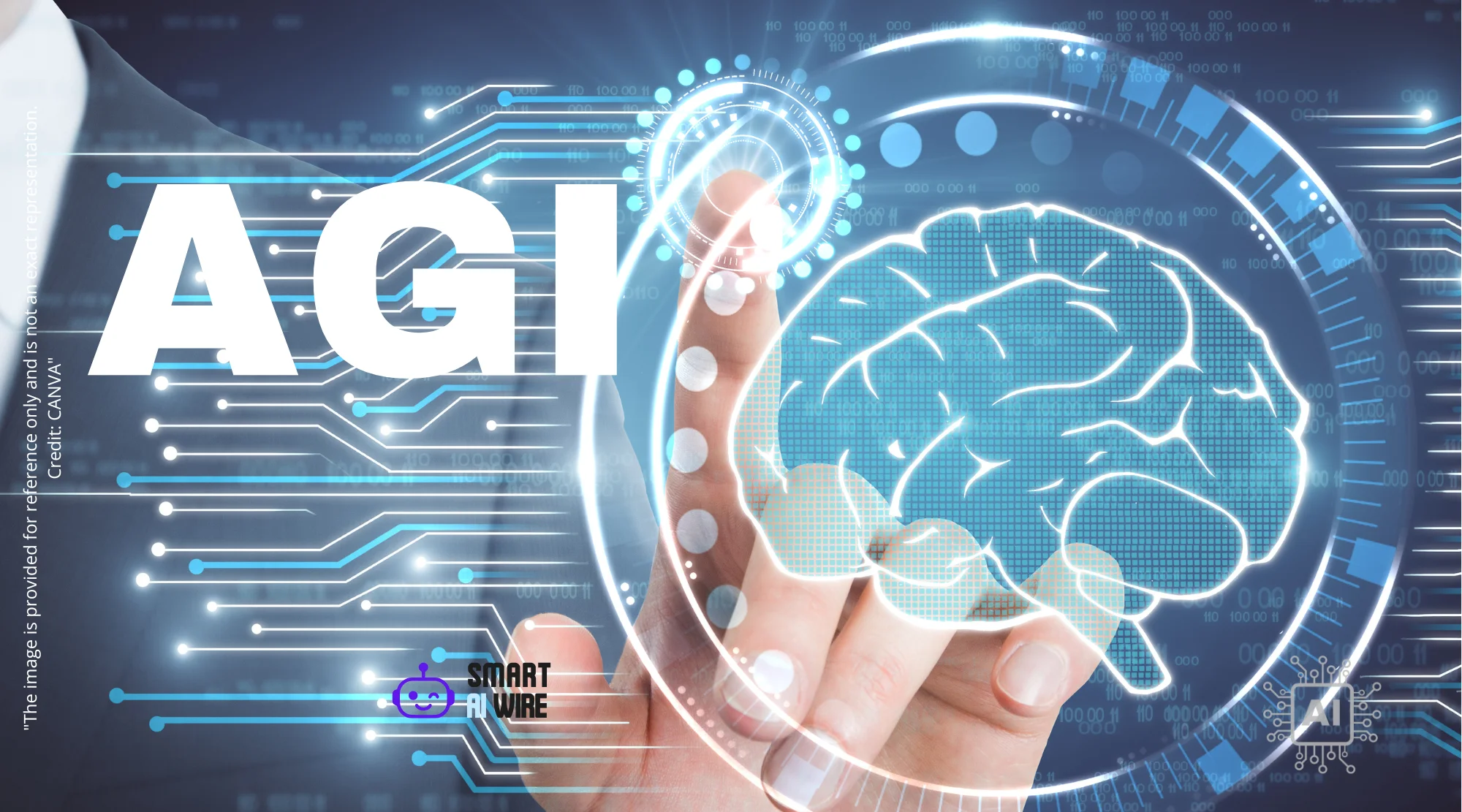The rise of AI video generation is rapidly changing how we create and consume digital content. OpenAI’s Sora, with its ability to produce hyperrealistic videos from simple text prompts, is at the forefront of this revolution. But is this technology a powerful creative tool or a potential Pandora’s Box, raising critical questions about authenticity, misinformation, and the future of visual media? Let’s explore the capabilities of AI video generation and its broader implications.
OpenAI’s Sora: A New Era of AI Video Generation
OpenAI’s Sora marks a significant leap in the field of AI. This innovative technology allows users to generate short videos based on text descriptions, opening up new avenues for creative expression and content creation. Sora’s strength lies in its ability to create realistic and imaginative scenes.
The platform, currently operating on an invitation-only basis, allows users to create videos resembling TikTok clips, but with a crucial difference: all content is synthetically generated. This opens the door to a world where visual content can be brought to life from mere ideas, revolutionizing industries from entertainment to education. The potential for AI video generation is vast and transformative.
How Sora Works: Unveiling the Technology
At the heart of Sora lies OpenAI’s advanced video model, Sora 2. To begin, users can create a digital avatar by recording their face from multiple angles and reciting a series of numbers. This digital representation can then be used to generate clips featuring their likeness, either as a main character or making a cameo in other videos.

The system provides granular control over who can use the digital identity, ranging from all users to a select group of approved contacts. If someone creates a video using another person’s image, the owner gains full access to the content within their account. This system allows for a degree of control over one’s digital identity. The user interface is structured like a “For You” page, mirroring the familiar experience of TikTok, where users discover videos created by the community. These short clips can include scripts, dialogue, music, and visual effects generated by the AI, making the creation process both intuitive and engaging.
The Dual Nature of AI-Generated Video: Entertainment vs. Risk
While the potential of AI video generation for entertainment and creative purposes is undeniable, concerns arise from the technology’s ability to generate hyperrealistic deepfakes. The ease with which realistic-looking videos can be created raises the risk of misinformation and malicious use. It becomes increasingly challenging to distinguish between authentic footage and AI-generated content.
OpenAI has implemented safety measures to prevent the generation of explicit content, graphic violence, extremist propaganda, and depictions of self-harm. The company also aims to limit the creation of videos featuring public figures and celebrities. However, early tests reveal that these filters are not foolproof, with some inappropriate content slipping through while harmless content is sometimes blocked. This highlights the ongoing need for improvement in content moderation and ethical guidelines surrounding AI video generation.
Creative Potential Unleashed: Exploring the Possibilities
The creative possibilities with AI video generation are truly limitless. Users can add faces of other people to clips by simply selecting them on the generation screen. By inputting a prompt, such as “discussion in the office,” the system can generate a script, create voices, and produce a complete video. While early tests revealed imperfections like lip-sync issues and unnatural movements, the overall results are generally convincing and impactful.
Sora also enables users to create fictional scenarios with fantasy characters. However, certain creative liberties are restricted. Copyrighted figures or celebrities are generally not allowed unless authorized by the rights holders. This raises interesting questions about intellectual property and the boundaries of AI-generated content. While some restrictions exist, the potential for creating imaginative and engaging content is immense.
Competition and the Future of AI Video
The launch of Sora follows similar initiatives from other companies, such as Meta’s Vibes video channel. Sora differentiates itself through its emphasis on extreme personalization using deepfakes, placing the user at the center of the experience. OpenAI’s goal is not only to innovate in audiovisual generation but also to maintain its lead in this rapidly evolving field.
The business model for Sora remains undefined, but its initial appeal lies in its free access and the novelty of creating hyperrealistic digital versions of oneself. As the technology continues to evolve, it will be crucial to address the ethical considerations and develop robust safety measures to ensure responsible use. The future of AI video is promising, and it will be exciting to see how it transforms the creative landscape in the years to come.
The Ethical Considerations of AI Video Generation
The rise of AI video generation brings forth a complex set of ethical considerations that demand careful attention. While the technology offers tremendous potential for creativity and innovation, it also presents risks that could have far-reaching consequences. One of the primary concerns is the potential for misuse, particularly in the creation of deepfakes and the spread of misinformation.
The ability to generate realistic-looking videos that are difficult to distinguish from authentic footage raises the specter of malicious actors using AI to manipulate public opinion, damage reputations, or even incite violence. Addressing these ethical challenges requires a multi-pronged approach, including the development of robust detection tools, the establishment of clear ethical guidelines for AI development and use, and the promotion of media literacy among the public. In addition, OpenAI and other companies developing AI video technologies must prioritize safety and responsible innovation, implementing safeguards to prevent misuse and working collaboratively with stakeholders to address the ethical implications of their creations.
The Future of Content Creation
AI video generation is poised to revolutionize the future of content creation. As the technology continues to advance, it will empower individuals and organizations to produce high-quality video content more efficiently and affordably. From marketing and advertising to education and entertainment, the applications of AI video are virtually limitless. For instance, businesses can use AI to create personalized video ads that resonate with individual customers, while educators can leverage AI to develop engaging and interactive learning materials.
The technology also has the potential to democratize content creation, allowing individuals with limited resources or technical skills to bring their ideas to life through video. However, the rise of AI video will also raise questions about the role of human creators and the value of original content. As AI becomes more capable of generating realistic and compelling videos, it will be crucial to find ways to ensure that human creativity and artistic expression continue to thrive. This may involve exploring new models for content creation that combine the strengths of AI with the unique skills and perspectives of human artists. It will also require fostering a culture that values originality and authenticity, and that encourages creators to push the boundaries of what is possible with AI while remaining mindful of the ethical implications.
In conclusion, AI video generation, exemplified by OpenAI’s Sora, represents a paradigm shift in how we create and consume visual content. While offering unprecedented creative possibilities, it also raises important questions about ethics, authenticity, and the future of media. Navigating this evolving landscape requires a balanced approach, embracing the potential of AI while remaining vigilant about its risks.



